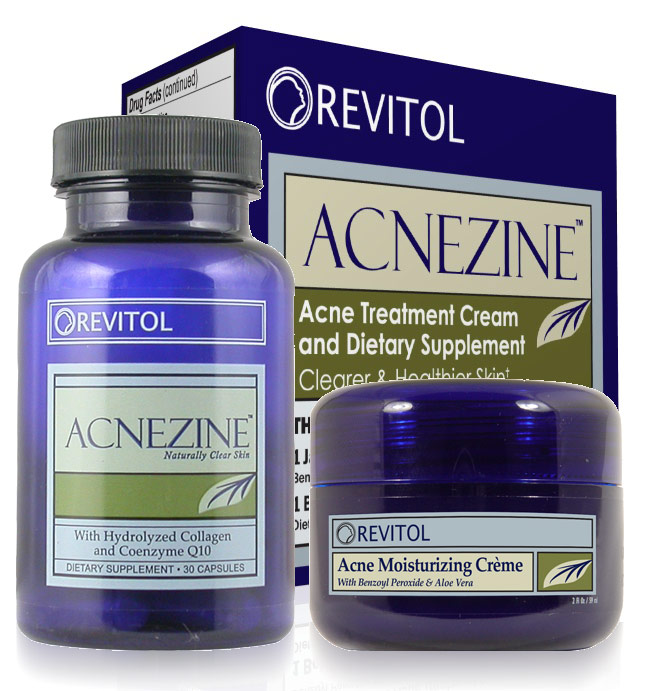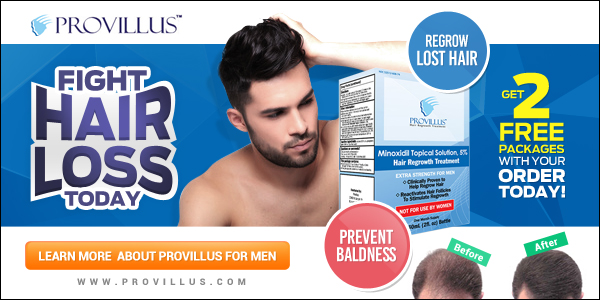Try New Shampoo Samples Now!
Shampoo is a hair care product, typically in the form of a viscous liquid, that is used for cleaning hair. Less commonly, shampoo is available in bar form, like a bar of soap. Shampoo is used by applying it to wet hair, massaging the product into the hair, and then rinsing it out. Some users may follow a shampooing with the use of hair conditioner.
The goal of using shampoo is to remove the unwanted build-up in the hair without stripping out so much sebum as to make hair unmanageable. Shampoo is generally made by combining a surfactant, most often sodium lauryl sulfate or sodium laureth sulfate, with a co-surfactant, most often cocamidopropyl betaine in water.
Specialty shampoos are available for people with dandruff, color-treated hair, gluten or wheat allergies, an interest in using an "all-natural", "organic", "botanical" or "plant-derived" product, and infants and young children ("baby shampoo" is less irritating). There are also shampoos intended for animals that may contain insecticides or other medications to treat skin conditions or parasite infestations such as fleas.
Composition:
Shampoo is generally made by combining a surfactant, most often sodium lauryl sulfate or sodium laureth sulfate, with a co-surfactant, most often cocamidopropyl betaine in water to form a thick, viscous liquid. Other essential ingredients include salt (sodium chloride), which is used to adjust the viscosity, a preservative and fragrance. Other ingredients are generally included in shampoo formulations to maximize the following qualities:
- pleasing foam
- ease of rinsing
- minimal skin and eye irritation
- thick or creamy feeling
- pleasant fragrance
- low toxicity
- good biodegradability
- slight acidity (pH less than 7)
- no damage to hair
- repair of damage already done to hair
Many shampoos are pearlescent. This effect is achieved by addition of tiny flakes of suitable materials, e.g. glycol distearate, chemically derived from stearic acid, which may have either animal or vegetable origins. Glycol distearate is a wax. Many shampoos also include silicone to provide conditioning benefits.
Commonly used ingredients:
- Ammonium Chloride
- Ammonium lauryl sulfate Glycol
- Sodium laureth sulfate is derived from coconut oils and is used to soften water and create a lather. There was some concern over this particular ingredient circa 1998 as evidence suggested it might be a carcinogen, and this has yet to be disproved, as many sources still describe it as irritating to the hair and scalp.
- Sodium lauryl sulfate
- Sodium lauroamphoacetate is naturally derived from coconut oils and is used as a cleanser and counter-irritant. This is the ingredient that makes the product tear-free.
- Polysorbate 20 (abbreviated as PEG(20)) is a mild glycol-based surfactant that is used to solubilize fragrance oils and essential oils; meaning it causes liquid to spread across and penetrate the surface of a solid.
- Polysorbate 80 (abbreviated as PEG(80)) is a glycol used to emulsify (or disperse) oils in water (so the oils do not float on top like Italian salad dressing).
- PEG-150 distearate is a simple thickener.
- Citric acid is produced biochemically and is used as an antioxidant to preserve the oils in the product. While it is a severe eye-irritant, the sodium lauroamphoacetate counteracts that property. Citric acid is used to adjust the pH down to approximately 5.5.
- It is a fairly weak acid which makes the adjustment easier. Shampoos usually are at pH 5.5 because at slightly acidic pH, the scales on a hair follicle lie flat, making the hair feel smooth and look shiny. It also has a small amount of preservative action. Citric acid as opposed to any other acid will prevent bacterial growth.
- Quaternium-15 is used as a bacterial and fungicidal preservative.
- Polyquaternium-10 has nothing to do with the chemical quaternium-15; it acts as the conditioning ingredient, providing moisture and fullness to the hair.
- Di-PPG-2 myreth-10 adipate is a water-dispersible emollient that forms clear solutions with surfactant systems.
- Methylisothiazolinone, or MIT, is a powerful biocide and preservative.
In the USA, the Food and Drug Administration (FDA) mandates that shampoo containers accurately list ingredients on the products container. The government further regulates what shampoo manufacturers can and cannot claim as any associated benefit. Shampoo producers often use these regulations to challenge marketing claims made by competitors, helping to enforce these regulations. While the claims may be substantiated however, the testing methods and details of such claims are not as straightforward. For example, many products are purported to protect hair from damage due to ultraviolet radiation. While the ingredient responsible for this protection does block UV, it is not often present in a high enough concentration to be effective.
The North American Hair Research Society has a program to certify functional claims based on third party testing. Shampoos made for treating medical conditions such as dandruff, itchy scalp are regulated as OTC drugs in the US marketplace. In other parts of the world such as the EU, there is a requirement for the anti-dandruff claim to be substantiated, but it is not considered to be a medical problem.
A number of contact allergens are used as ingredients in shampoos, and contact allergy caused by shampoos is well known. Patch testing can identify ingredients to which patients are allergic, after which a physician can help the patient find a shampoo that is free of the ingredient to which they are allergic. The US bans 11 ingredients from shampoos, Canada bans 587, and the EU bans 1328.
Specialized shampoos:
Dandruff
Cosmetic companies have developed shampoos specifically for those who have dandruff. These contain fungicides such as ketoconazole, zinc pyrithione and selenium sulfide, which reduce loose dander by killing Malassezia furfur. Coal tar and salicylate derivatives are often used as well.
Colored hair
Many companies have also developed color-protection shampoos suitable for colored hair; some of these shampoos contain gentle cleansers according to their manufacturers.
Gluten-free or wheat-free
Many people suffer from eczema on their palms and their head. Some find that wheat or gluten (the protein found in many grains including wheat) is the cause, particularly if they are sensitive to this in food; e.g. celiac disease wheat allergy. Shampoo can often go into the mouth, particularly for children, so all individuals who are on gluten-free diets may prefer to find a gluten-free shampoo. Shampoo manufacturers are starting to recognize this and there are now gluten-free and wheat-free products available.
All-natural
Some companies use "all-natural", "organic", "botanical", or "plant-derived" ingredients (such as plant extracts or oils), combining these additions with one or more typical surfactants. The use of the term "natural" is not regulated in any form, leading many companies to "green-wash" (convince) consumers into buying shampoos with chemicals that might not meet each individual’s expectation for what constitutes “natural”. A company may also slightly change the name of a chemical to another acceptable form to make the chemical sound better to these consumers.
Baby
Shampoo for infants and young children is formulated so that it is less irritating and usually less prone to produce a stinging or burning sensation if it were to get into the eyes. For example, Johnson's Baby Shampoo advertises under the premise of "No More Tears".
Animal
Shampoo intended for animals may contain insecticides or other medications for treatment of skin conditions or parasite infestations such as fleas or mange. These must never be used on humans. While some human shampoos may be harmful when used on animals, any human haircare products that contain active ingredients or drugs (such as zinc in anti-dandruff shampoos) are potentially toxic when ingested by animals. Special care must be taken not to use those products on pets.
Solid
Solid shampoos or shampoo bars use as their surfactants soaps or other surfactants formulated as solids. They have the advantage of being spill-proof. They are easy to apply; one may simply rub the bar over wet hair, and work the soaped hair into a low lather.
Jelly and gel
Stiff, non-pourable clear gels to be squeezed from a tube were once popular forms of shampoo, and can be produced by increasing a shampoo's viscosity. This type of shampoo cannot be spilled, but unlike a solid, it can still be lost down the drain by sliding off wet skin or hair.
Paste and cream
Shampoos in the form of pastes or creams were formerly marketed in jars or tubes. The contents were wet but not completely dissolved. They would apply faster than solids and dissolve quickly.
Antibacterial
Antibacterial shampoos are often used in veterinary medicine for various conditions, as well as in humans before some surgical procedures.
Get Free Shampoo Samples Now!
 Reviewed by nahida4070
on
April 08, 2018
Rating:
Reviewed by nahida4070
on
April 08, 2018
Rating:
 Reviewed by nahida4070
on
April 08, 2018
Rating:
Reviewed by nahida4070
on
April 08, 2018
Rating:


























No comments: